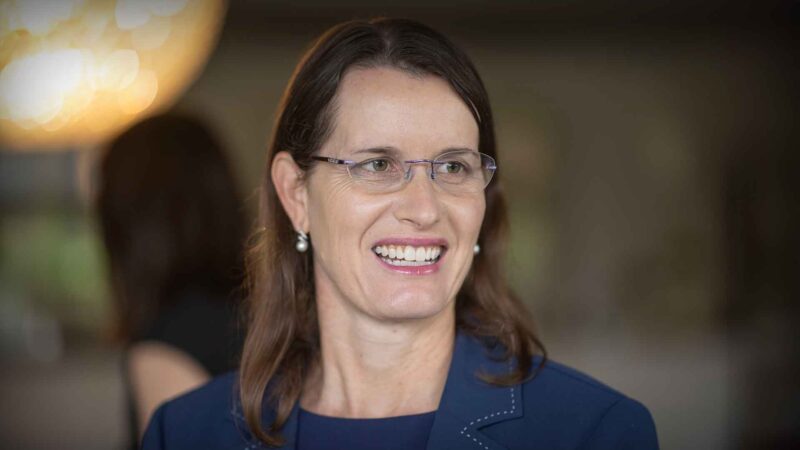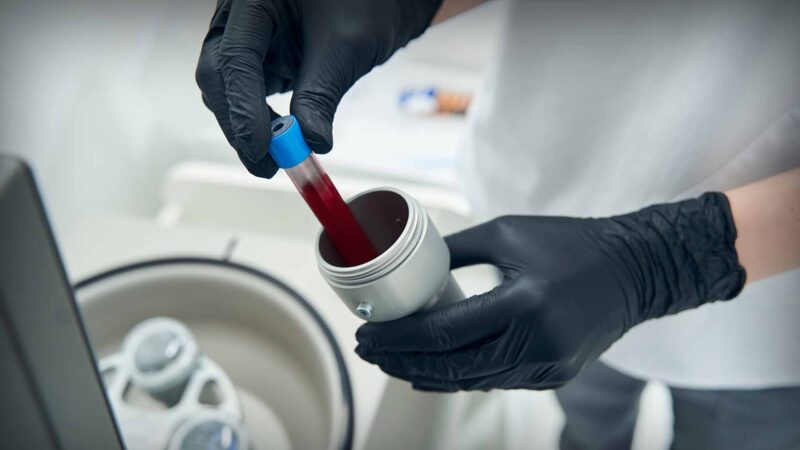Health Executive Leadership Insights (HELI)
Scott Willis, the National President of the Australian Physiotherapy Association
talks Physiotherapy
▶︎ Career Pathways
▶︎ Scope of Practice and Reform
▶︎ Innovation & Technology
▶︎ International leadership
You Might also like
-
How I Became an Emergency Physician
Dr Kim Hansen was initially attracted to emergency medicine because of its dynamic and chaotic environment. She enjoyed organising the chaos of the emergency department and working with a variety of patients, from newborn babies to centenarians. Dr Hansen found it fulfilling to help people get better or provide them with assistance and guidance when they couldn’t be cured. The unpredictability of the work was also part of the appeal, and she dedicated herself to developing the skills required to be a good emergency doctor.
-
Achieving impact in Occupational Therapy
Associate Professor Emma George is a leader in occupational therapy, fascinated by the role and importance of occupation as a right for health and well-being. Her research projects all explore the way we address health inequities among marginalised people and communities with a commitment to social and occupational justice.
-
Pathology technology at a crossroads
The CEO of Pathology Technology Australia, Dean Whiting spoke with Australian Health Journal about the following:
– Pathology Technology Australia’s key priorities in the coming years
– Current local capability in pathology technology compared to other countries
– How the health system supports change and adoption of pathology technology
– How pathology is perceived by the public and in government as well as how developments in pathology technology are followed and understood
– Observations in the Strengthening Medicare Taskforce ReportIn the lead up to the Australian Federal Budget in May 2023, Australian Health Journal reached out to peak health industry bodies to hear about their priorities, either noted in pre-budget submissions lodged with Federal Government in January 2023 or in recent forums such as the Strengthening Medicare Taskforce.



